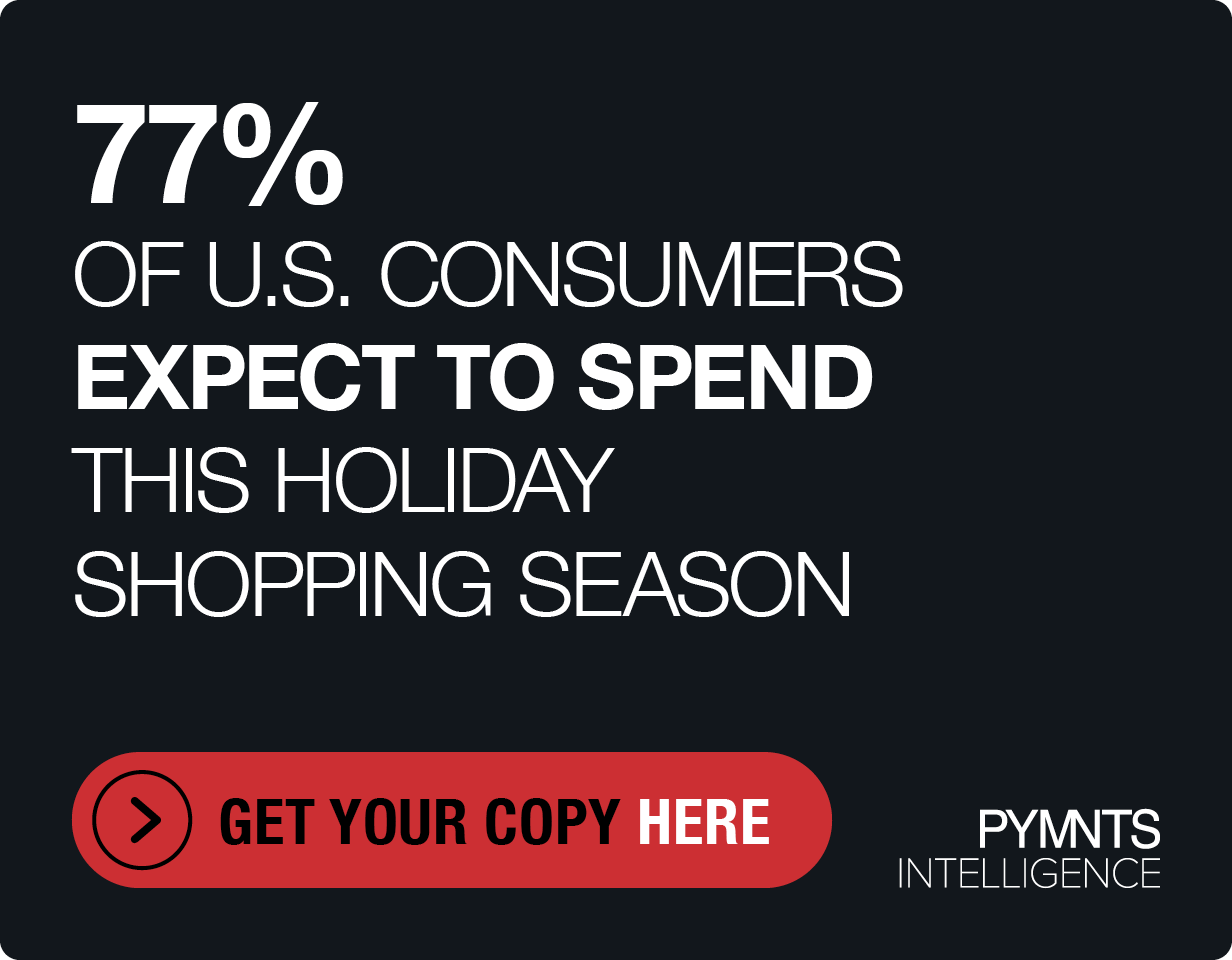40% of Retail Shoppers Have Switched to Cheaper Merchants to Save Money, Study Finds

Inflation has caused competition in retail and grocery to intensify as businesses fight for a smaller and smaller piece of the revenue pie. More than half of grocery shoppers and more than two-thirds of retail shoppers are cutting back on nonessential spending. PYMNTS’ data shows consumers are more open than ever to changing merchants or switching to lower-quality goods to achieve this goal.
Merchants need to be aware of these trends. Some traditional moves to remain competitive may no longer work in an environment where cost rules everything and consumers are cutting all purchases but the necessities — and are extremely willing to switch to lower-quality products or shops. Neglecting these developments runs the risk of losing touch with the customer base or even losing these customers altogether.
“Consumer Inflation Sentiment Report: Consumers Cut Back by Trading Down” is the tenth installment of this series exploring consumers’ outlook on the American economy. We surveyed 2,060 United States consumers between April 3 and April 7 about their experiences and perceptions to better understand how inflation and increased prices of consumer goods are affecting their shopping habits and relationships with retailers.
Free? Of course.
You've uncovered one of our premium articles. Register to keep reading and receive free unlimited access to all our premium content.
This is what we learned.
Nearly 60% of consumers have cut spending on clothing and accessories, with four in ten trading to less expensive brands.
Consumers have the most flexibility to make cuts in their retail spending, and their new habits reflect this reality. Consumers are 21% more likely to report making retail cutbacks than grocery cutbacks. Sixty-nine percent report they have reduced nonessential spending on retail products specifically because of high inflation. Forty-one percent of retail shoppers say this has been the most significant change to their shopping habits. Sixty percent have switched to cheaper retailers, while 35% have sacrificed product quality by switching to cheaper, lower-quality goods.
Consumers are not treating all retail equally, and outfits appear to be the first items out of the budget. With 57% of shoppers reporting cutbacks in clothing purchases, this retail category is most likely to be slashed from budgets. Forty percent of consumers have switched to less expensive clothing retailers, and 26% have started buying lower-quality clothing.
Consumers are also likely to change their buying behavior around health and beauty products, with 45% of shoppers in this segment cutting back on spending and 38% switching to cheaper retailers. Furnishings and consumer electronics average a similar share of shoppers decreasing spend on nonessential goods.
One-third of grocery shoppers have downgraded from their favorite brands to save money. They have probably switched to private label or store brands.
Fifty-seven percent of grocery shoppers have cut back on what they consider nonessential spending, with older consumers leading the way. Although just 41% of Generation Z grocery shoppers made grocery spending cutbacks, 59% of baby boomers and seniors have tightened their budgets this way.
Trading down on quality is the one habit in which grocery shoppers minimize costs even more aggressively than their retail counterparts. Thirty-six percent of grocery shoppers purchase cheaper alternatives of the same products, such as store brands; this share is 35% for retail shoppers.
Some top grocery categories where consumers have started seeking cheaper alternatives include snacks, housekeeping supplies and personal care products; 32%, 35% and 33% of grocery shoppers have switched to less expensive versions, respectively. Nearly half — 47% — of consumers have switched to sellers that offer better prices.
One other noteworthy detail is that female shoppers are more likely to say they have changed their grocery shopping habits than male shoppers, who are more likely to have made changes around retail purchases instead.
Consumers perceive the inflation rate to be five times higher than it is, mainly because grocery prices have remained high.
Consumers are not exactly wrong: The rising prices in the last few years have been very real. The amount of product a consumer could buy with $88 in March 2020 would cost $100 in March 2023. However, perception is reality, and the distorted consumer perception of price increases being higher than actual figures amplifies shoppers’ impression of higher prices.
Consumers generally perceive average price increases as nearly 25% for retail and grocery products. Perceived increases in retail peaked at 30% in December 2022, while perceived increases in grocery products have remained stable.
The current year-over-year inflation rate, 5%, is the lowest since May 2021. While inflation is slowing, the inflation rate in the grocery segment remains elevated, at 2 percentage points above the overall rate. Energy prices, which can be more difficult for some consumers to perceive, have been lower than average (6.4% below the March 2022 level) and driven down the average overall consumer price index. Still, the prices of groceries and other consumer goods have not followed suit.
The share of consumers who have received paycheck raises has been slowly rising in recent months, with more than half of consumers surveyed in April 2023 saying they received a raise in the last 12 months. However, just one-fifth of respondents say these incremental improvements have kept up with inflation. This sentiment is true even for high-income earners, with just 30% of respondents saying their pay increases kept pace with inflation. The expected days to normalization are plateauing, with the average consumer saying they expect inflation to continue at an accelerated rate through December 2024.
Conclusion
Inflation has retrained consumers’ brains to prioritize pricing and maximize cost-cutting at all costs — habits felt so strongly that they may linger long after inflation subsides. Merchants must be prepared for these new buying tendencies, whether by offering deals they are confident cannot be beaten or by stocking less expensive goods and understanding that inexpensive goods, not high-quality goods, are what will win the customer over.
Methodology
“Consumer Inflation Sentiment Report: Consumers Cut Back by Trading Down,” produced independently by PYMNTS, examines and analyzes inflation’s impact on consumers and their habits. We surveyed 2,060 U.S. consumers between April 3 and April 7 about their experiences and perceptions. The sample was balanced to match the U.S. adult population in a set of key demographic variables. Our respondents’ average age was 48, 51% were female and 37% annually earned more than $100,000.
Read the April “Consumer Inflation Sentiment Report: Higher Prices Fuel a Deal-Seeking Competition” and other previous editions of the series for more.
